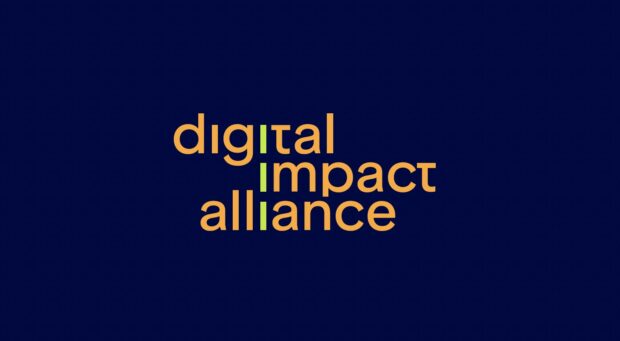As the COVID-19 pandemic has spread worldwide, so have calls for more reliable, rapid testing for the virus.
This blog originally appeared on Data2X’s website and is cross-posted with permission.
As the COVID-19 pandemic has spread worldwide, so have calls for more reliable, rapid testing for the virus.
These tests provide crucial data inputs used to track the spread of transmission and, like any good public health intervention, tailor policy responses.
But while data may initially seem impartial — after all, quantitative evidence appears objective — no data is collected in a vacuum. Data is influenced by social context and, as such, is susceptible to biased collection, interpretation, and application.
In the case of women and girls, seemingly neutral data can obscure inequalities and uphold harmful norms, a disastrous outcome for gender equality. But when it comes to public health, and especially the coronavirus pandemic, failing to collect data on the specific experiences of women can have deadly consequences.
It’s no secret that data on public health can center men’s perspectives. Take, for example, the common symptoms of a heart attack; the medical community tells us that pain in the chest and left arm is a classic sign. In her book Invisible Women, author Caroline Criado Perez uncovers another story: women are more likely to experience different signs of heart attack, deemed “atypical.” As a result, women are 50% more likely to be misdiagnosed by doctors who don’t recognize their symptoms — and more likely to die.
A clear solution to this androcentrism? Disaggregating data. Separating and reporting data on all genders can reveal unique experiences — and pave the way forward for tailored responses. In recognition of this issue, the World Health Organization disaggregated data by sex for the first time in 2019. Collecting and reporting health data in multiple dimensions, including gender, can help to inform equitable policies and ultimately close existing gaps.
We know that disaggregating data can aid in achieving health equity. But can it help us combat a global pandemic?
Unquestionably, women are on the frontlines of the outbreak of COVID-19. In 104 countries examined by the WHO, women comprise an estimated 67% of the health care workforce — risking disproportionate exposure to the virus. At home, women carry a larger burden of unpaid care responsibilities, often meaning that they are responsible for children now at home because of school closures, or that they will be the first to triage sickened family members. In contexts where it is the norm for women to eat after men and children, women are at a greater risk of malnutrition during public health emergencies.
Recent media attention has turned to victims of domestic violence, revealing that women experiencing gender-based violence face limited access to protective services during periods of quarantine. What’s more, the disparate effects of this crisis will be felt outside the home: the sustained effects of widespread economic shutdown will especially impact women, who are more likely to participate in low-wage or informal work.
Gender analysis reveals that women will be particularly affected during this pandemic. But, of what age? Do immunocompromised or disabled women face differences in exposure? What about refugees or migrant women? Will certain vulnerable populations — such as lesbian or transgender women, or genderqueer individuals — experience different effects of social distancing, such as the increased likelihood of violence at home? Disaggregating outbreak-related data is crucial in helping to answer these questions with an intersectional lens, and can help guide the international community’s prevention and response efforts.
Ultimately, there is still much to learn about COVID-19. But the sooner that we recognize that no community is homogeneous, the sooner preventative measures and treatment can be tailored and made more effective.
Therefore, accessible gender data further disaggregated by multiple dimensions is crucial to our response efforts. Monitoring trends in the transmission of COVID-19 — and considering the underlying social norms affecting risk of exposure — is only possible if high-quality, disaggregated gender data is collected and made available.


